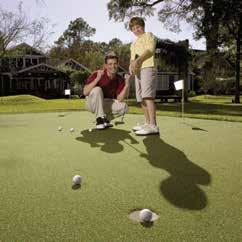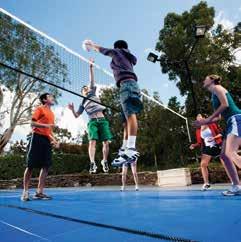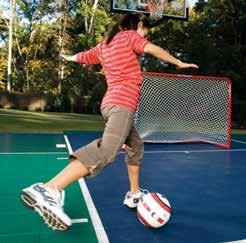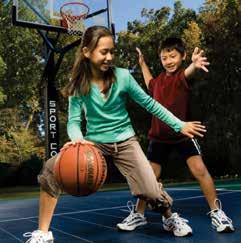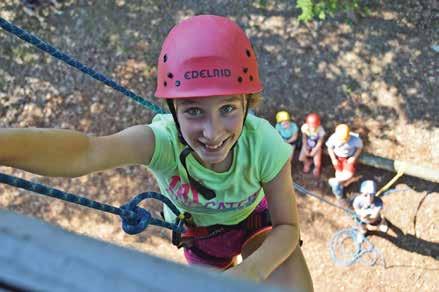
5 minute read
CYBERBULLYING
A NEW SURVEY ABOUT TEENS AND SOCIAL MEDIA shows that nearly half of teenagers say they have been bullied online, with 15- to 17-year-old girls and LGBTQ kids most likely to experience cyberbullying. By definition, bullying is unwanted, aggressive behavior that involves a real or perceived power imbalance. The behavior is repeated or has the potential to be repeated over time. Let me describe the kinds of kids I see who are most often targeted for online bullying along with some suggestions about how to prevent it.
The girls I work with who are cyberbullied often are passive, innocent girls who are sensitive and allow words to hurt; powerful girls who don’t go along with or kowtow to the queen bee; girls who hang out with the boys to stay out of drama, creating jealous feelings; or girls who are different in their looks, interests, dress, ethnicity or family dynamics. Girls who have been excluded from their friend group and are alone also become vulnerable because they do not have a protective tribe around them.
Advertisement
I teach girls at my retreats about mirror neurons, which is the part of our brain that is constantly keeping track of what other people are doing and thinking. Our brains are hard-wired to connect with others since prehistoric times when exclusion from your group could result in death. These neurons cause us to constantly compare ourselves to everyone else and ask, “Am I fitting in or doing the right thing?” Our individual choices are strongly influenced by what we notice in others. Thus, things like temptations, emotions and rule-breaking become contagious in groups. This is one reason that it’s hard not to join in when someone is being skewered online. Kids fear that if they don’t participate that they may be the next victim. The drama also becomes a way to connect, even though it’s in a detrimental way.
The parts of our brain that allow us to process other people’s emotions and intentions are activated by eye contact—it makes us more socially aware and empathetic for us to make sense of our relationships. One of the biggest determinants of communicating online is the inability to mirror others and experience the effects of your communication. People tend to just put their thoughts out there and react to posts without considering if their reaction will hurt others. This is one of the main reasons why online bullying is so rampant and insidious.
So, what’s a parent to do? First and foremost, keep your child off social media for as long as you can. Kids should earn the right to have a phone and begin social media by demonstrating mature behaviors over a long period of time. Can they solve their conflicts directly and peacefully? Have they been able to surround themselves with emotionally healthy friends? Are they able to not let words and rumors hurt them? Have they demonstrated a high level of self-responsibility and impulse control? Let your children know you will be watching to see if they are living out these kinds of behaviors as a way to earn the right for new freedoms and devices. My experience tells me that kids aren’t ready for social media until they are at least in high school and with a good track record of mature behavior.

You also can teach your children to practice skills at home such as resolving conflicts with siblings and you, setting healthy boundaries and not overreacting to life’s challenges. Educate them about the power of mirror neurons and to be aware of not getting sucked into behaviors due to their peers. Guide them to embrace their differences so they’re not vulnerable to words and gossip. I have girls at my camps make a list of the qualities of a BFF and then look for new friends who match their list as a way to create a tribe of friends who share their values.
Kids are not at the mercy of other people’s actions and opinions unless they allow it. Teach them to focus on what they have control over, which is themselves, their feelings and their reactions to things. &
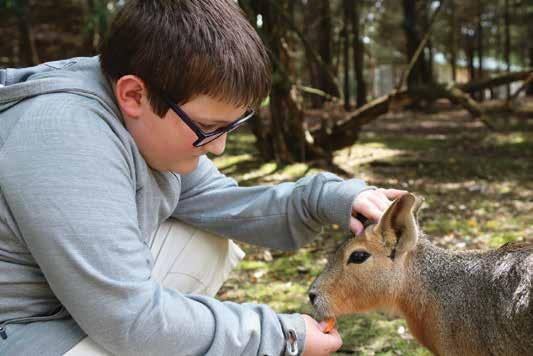
by stephanie wallace
Amelia Kennerly Of Webster Groves High School
AMELIA KENNERLY KNOWS ABOUT BALANCE . Along with excelling at academics, The Webster Groves High student also makes her mark on the soccer field and volleyball court. While that’s enough to keep anyone busy, she also finds time to give back to and serve her community.

You helped establish a food pantry at Hixson Middle School.
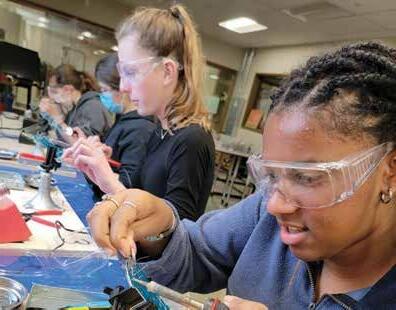
In seventh grade, I was part of an after school leadership program in seventh grade. We learned about equity, the difference between sympathy and empathy, and how to make a difference in the community. Three other students and I decided to create Friday food bags that kids with free or reduced lunch could take home for the weekend if they wanted. It started at just Hixson, but the program spread to other schools. It also grew into a little food pantry in one of the classrooms where students could get items.
How did you become interested in food insecurity?
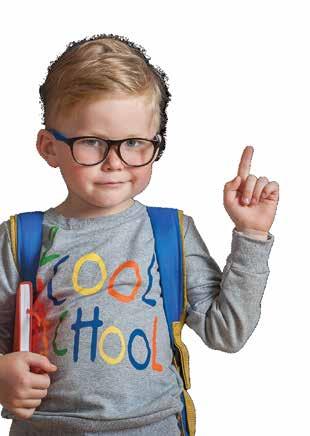

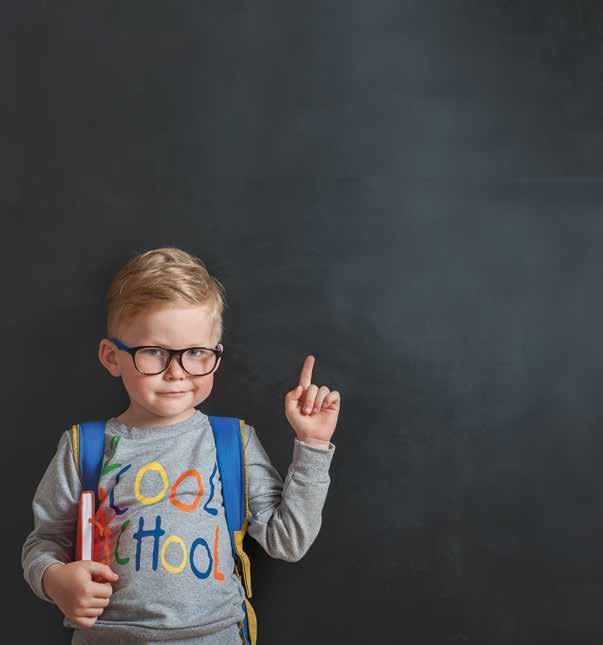
With other students, I visited LifeWise STL to learn about food insecurity, and we also had a hunger banquet in middle school. We got to experience how it affects people on different levels, such as what it takes to qualify for food stamps. Even though Webster is more of an affluent area, I was surprised to learn that food insecurity also impacts people here. There were students I went to school with every day who were dealing with it. I decided I wanted to try to do something to change that.
Last year, as part of the JV soccer team, you had the winningest season in its history. What was that like?
I’m not playing soccer this year, but I really loved the season last year. The team was a mix of freshmen and sophomores, so I didn’t know everyone, and we had a new coach, so there were a lot of team building activities and team dinners. We got really close, and it was just a fun team to be on. Everyone worked really hard, which just pulled us closer together. I think we all loved it, and we ended up with a record of 9-3.
You also play volleyball. What do you enjoy most about that sport?
Volleyball is my favorite sport overall. There’s something I love about the way you win and lose as a team. Last year, I made varsity, and I was quite surprised. The experience really taught me about how fun it is to be on a team. Everyone is so supportive, and you can really feel the energy out there on the court.
Do you have any hobbies?
I do play a lot of sports, and I spend quite a bit of time on schoolwork. I am a leader in the Interact Club. We do different service projects, such as participating in a suicide prevention walk, volunteering at St. Louis Area Foodbank or visiting the senior living community Bethesda. Other than that, I like hanging out with my friends or reading in my free time. I also love shopping. I enjoy thrifting. &
SPONSORED BY: BACKYARD COURTS BUILT TO LAST...CHAMPIONS START HERE!


